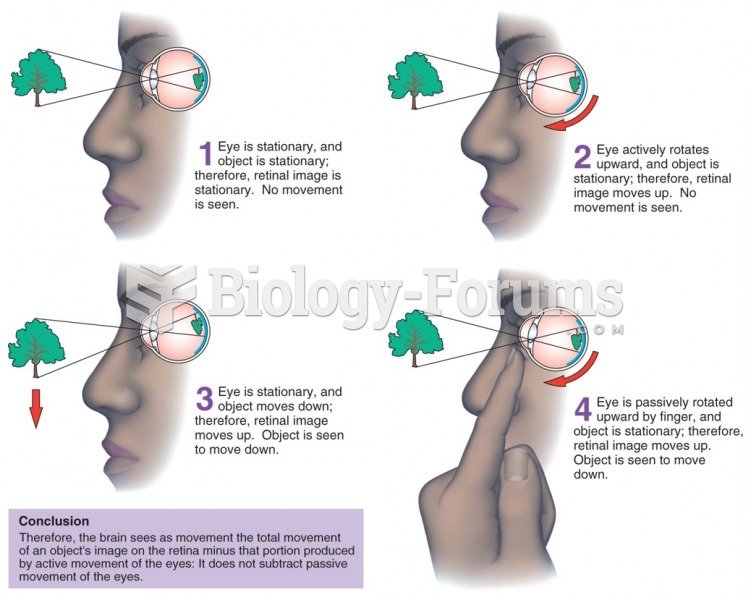Answer to Question 1Animal caretakers may work indoors or outdoors. They must get used to animals and should not mind
cleaning up after them. Their work may involve lifting heavy animals and equipment. They may have to drive
a station wagon, van, or light delivery truck to pick up and deliver pets. Their work involves dealing with
people, so workers should be friendly and courteous. Many pet care workers work 40 hours a week. Some
must also work or be on call evenings and weekends.
Animal breeders and technicians work in all types of facilities, from barns and pens to private homes or
housing facilities.
Zoo administrators work long and exhausting hours. They may take paperwork home with them, stay at
the zoo through the night nursing a sick animal, or get up in the middle of the night to meet a pair of rhinos
arriving at the airport. They must pay close attention to detail and have great patience. Animal curators,
veterinarians, and zoologists have the satisfaction of working with and learning from the animals. The
director works under a great deal of pressure.
The working hours for animal trainers vary considerably, depending on the type of animal, the performance
schedule, and whether travel is involved. For some trainers, such as those who work with show horses,
hours can be long and quite irregular. Except in warm climates, animal shows are seasonal, running from
April or May through mid-autumn. During this time, much of the work is conducted outdoors. In winter,
trainers work indoors, preparing for warm-weather shows. Trainers of aquatic mammals, such as dolphins
and seals, must feel at ease working around water. The physical strength required depends on the animal
involved, and animal trainers usually need greater than average agility.
Working conditions for pet groomers can vary greatly, depending on the location and type of
employment. Many salons and pet shops are clean and well lit, with modern equipment and clean
surroundings. Others may be cramped and dark. Groomers need to be careful while on the job, especially
when handling flea and tick killers, which are toxic to humans. When working with any sort of animal, a
person may encounter bites, scratches, strong odors, fleas, and other insects. He or she may also have to deal
with sick or bad-tempered animals. Groomers who are self-employed can work out of their homes. Many
people covert their garages into work areas. Some groomers buy vans and convert them into grooming shops.
They can drive to the homes of the pets, which many owners find convenient. Groomers usually work a
40-hour week and may have to work evenings or weekends. If they work any overtime, they are compensated
for it. Those who own their own shops or work out of their homes, like other self-employed people, work very
long hours and can have irregular schedules. Other groomers may work only part-time. Groomers are on
their feet much of the day, and their work can get tiring when they have to lift and restrain large animals.
Answer to Question 2Teachers of agricultural education provide systemic instruction in agriculture and natural resources at the
elementary, middle school, secondary, postsecondary, or adult levels for the purpose of (1) preparing people
for entry or advancement in agricultural occupations and professions, (2) job creation and entrepreneurships,
and (3) agriculture literacy.
Pet care workers provide a wide variety of services for the owners of small animals.
Animal caretakers complete tasks that range from the day-to-day care for healthy animals to the care for
sick, injured, or aging animals.
Animal breeders and technicians help breed, raise, and market various animals.
Aquarists work for aquariums, oceanariums, and marine research institutes. They are responsible for the
maintenance of aquatic exhibits.
Naturalists educate the public about the environment and maintain the natural environment on land
dedicated to wilderness populations.
Animal handlers care for, train, and study animals in places like zoos, parks, and research facilities.
Zoo and aquarium curators and directors coordinate the business affairs of zoos and aquariums.
Animal trainers teach animals to obey commands, compete in shows or races, and perform tricks to
entertain audiences, protect property, or act as guides for the disabled.
Pet groomers comb, cut, trim, and shape the fur of dogs and cats. They bathe pets and use special
solutions to keep them free from ticks, fleas, and other pests. They often brush the pets and trim their hair
and nails.
Veterinarians, also called doctors of veterinary medicine, diagnose and control animal diseases, treat sick
and injured animals medically and surgically, prevent transmission of animal diseases, and advise owners on
proper care of pets and livestock.
Veterinary technicians assist veterinarians and other members of the veterinary staff in diagnosing and
treating animals for injuries, illness, and routine veterinary needs such as laboratory testing procedures.
Biologists study the origin, development, anatomy, function, distribution, and other basic principles of living
organisms. They do research in many specialties that advance the fields of medicine, agriculture, and industry.
Zookeepers provide day-to-day care for zoo animals, as well as interact with visitors, conduct formal and
informal educational presentations, and help with trainers and research. Generally, their job is to make sure
that the animals are healthy and ready to be exhibited. They may also repair fences, exercise the animals, and
make sure that visitors do not do anything to harm the animals.
Zoologists are biologists who study animals.







